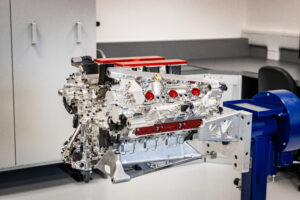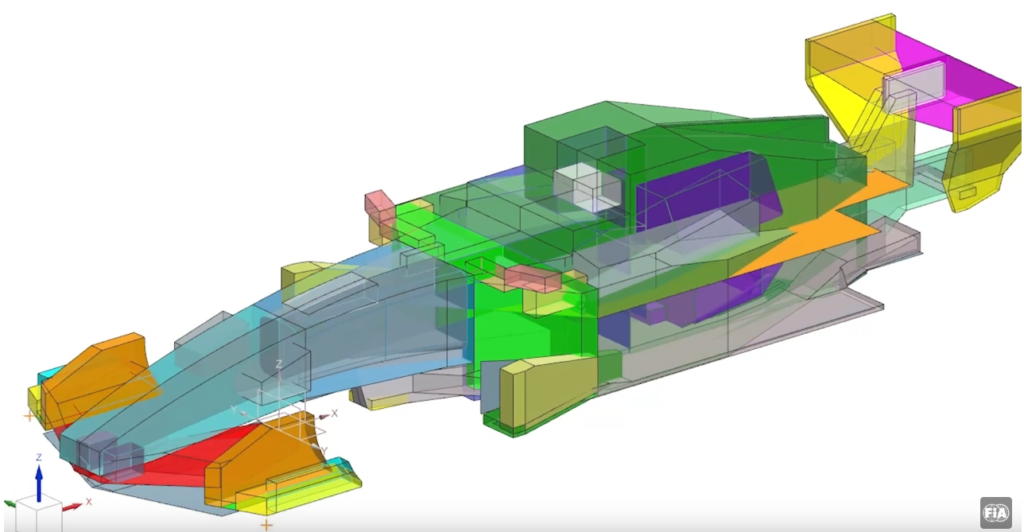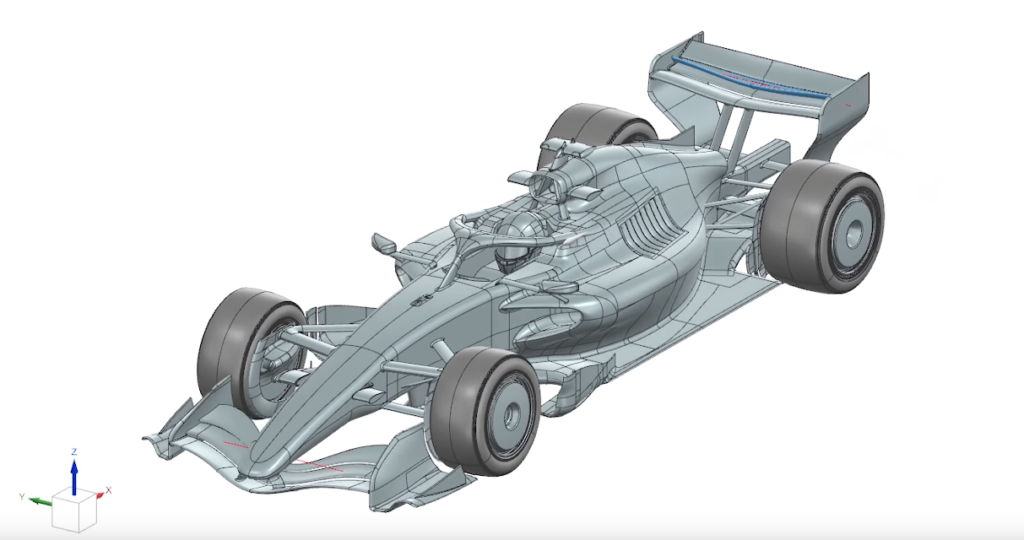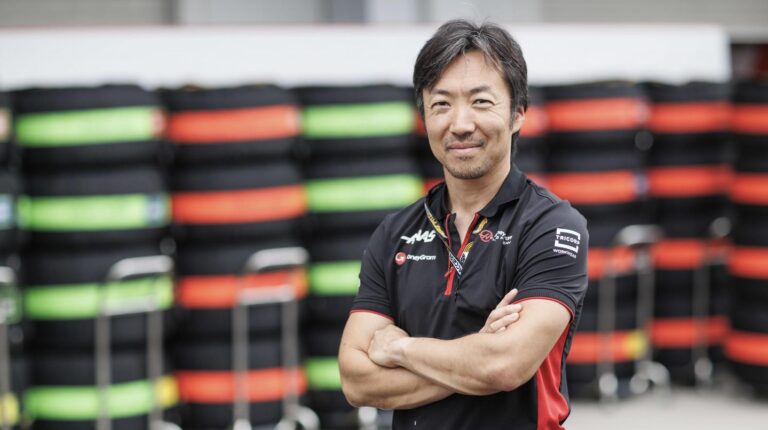Sweeping regulation changes are looming large in F1 and 2026 will usher in all new power unit and chassis rules. With teams only getting a green light to start development at the start of 2025 – not to mention that some areas of the final technical regs are still fluid – coupled with budget cap constraints and a need to still dedicate some resources to improving the 2025 car, the pressure is on.
PMW caught up with Ayao Komatsu, team principal of MoneyGram Haas F1 Team, at the British Grand Prix to gauge both the current state of development for 2026 and what the main performance differentiators will be.
Power units in F1 2026
There has been much discussion and comment from teams and drivers who have tested virtual 2026 cars about the characteristics of the new power units. To briefly recap, the basics of a turbocharged, 1,600cc V6 will remain, coupled with a hybrid system, though the current MGU-H will be ditched and purely kinetic energy recovery relied upon. The power output of the MGU-K will be upped to 350kW from the current 120kW, with the ICE output cut, meaning an approximate 50:50 power split between electric and ICE.
Early in the development of the rules it became clear that at many tracks full power deployment (the rules set a 9MJ recovery limit per lap) would not be sustainable for the entirety of a lap. This ultimately led to the introduction of both rear and front movable aerodynamic devices, permitting a high and low drag mode while (hopefully) maintaining aerodynamic balance, to try and address the power deficit on the straights compared to current F1 machinery.
 Does this mean that 2026, like 2014-2020, will be a powertrain-dominated formula? Komatsu is hopeful that this won’t be the case with scope for teams to gain in other areas even if their power unit (PU) is not as competitive: “Obviously it’s not good to have one parameter that is really dominating as a performance differentiator. It’s always good to have several factors. Ideally, if you had four factors, each of them is contributing a quarter to form a performance differentiation, that’s the ideal situation, but it’s never going to be the case. The PU side, it’s going to be big, but it depends how competitive the manufacturers are, right?
Does this mean that 2026, like 2014-2020, will be a powertrain-dominated formula? Komatsu is hopeful that this won’t be the case with scope for teams to gain in other areas even if their power unit (PU) is not as competitive: “Obviously it’s not good to have one parameter that is really dominating as a performance differentiator. It’s always good to have several factors. Ideally, if you had four factors, each of them is contributing a quarter to form a performance differentiation, that’s the ideal situation, but it’s never going to be the case. The PU side, it’s going to be big, but it depends how competitive the manufacturers are, right?
“I cannot sit here and say that [PUs] are going to dominate. The aerodynamic regulations are totally new as well. So that that will be big, and the fuel war is also quite fierce. So that could be a big performance differentiator. Then the minimum weight is very aggressive, weight will be a performance differentiator, [and the knock-on effect that has had on] strategy choices that PU manufacturers had to take a long, long time ago because of that weight limitation.”
Komatsu highlights the battery as one element of this strategy choice. These will be considerably larger and heavier than the current units, with the question being, is it worth taking a weight hit for greater performance? “[Things like that are] big factors, I don’t expect all the PU manufacturers or even the teams on the chassis side have the same strategy. So it will be very interesting at the start of next year [to see] which strategies actually worked.”
He also notes that though all-new tires will arrive for 2026 he does not expect these to be a huge issue, despite the fact that the duty cycle of the tires – due to the different PU power delivery characteristics – will be very different. “I might be wrong, the tires may not be straightforward, but I think PU and the aerodynamic side will be the dominant factor,” he says.
Will the 2026 F1 cars look alike?
The 2026 aerodynamic regulations are a departure from the current rule set, but also very different to those run until 2022. They move away from a reliance on full underfloor tunnels and ground effect, with a switch back to a more traditional flat floor and diffuser section in an effort to dissuade teams from running very low and temperamental setups.
However, many of the details, particularly around the front wings and bargeboard area, are far more tightly controlled than they were prior to 2022, to try to prevent out-washing of the front wheel wakes and the detrimental effect this has on the following car’s aero performance. 
With the new and arguably tighter constraints on bodywork, this raises the question – will one optimal approach be apparent to all teams from the start? Hopefully not, says Komatsu: “I think to start off with there is enough scope to be different. But in Formula 1 world, everybody learns from each other so quickly, so it may converge pretty quickly as well.”
It is also the case that teams’ overall philosophies will be more visible. “With these [current] regulations, a ground effect car, so much performance comes from the bits you cannot see, whereas [with] next year’s aerodynamic regulations, most of the performance, aerodynamically at least, comes from the things you can actually see,” he says.
“If somebody is miles ahead, and it’s not due to the PU, it will probably easier for everybody else to copy. Whereas with these ground effect cars, if you just copy what’s visible, you don’t achieve anything.” 
With Silverstone marking the mid-point of the season, most teams now have their development sights firmly on 2026. Though many will still introduce small updates for the remainder of the season, 2026 is now the focus. “I’d expect most of the teams [are now] focused on next year,” says Komatsu. “It is too big a change not to do that. Some people I’d expect to be already 100% focused on that, and I don’t think, at this stage in July, anyone is still at 50:50.”
It is also important to remember that it is not just the physical cars that need to be developed from scratch, they will require an entirely different approach to energy use and consequently race strategy and setup. When asked whether Haas’s existing tools can be re-tuned to match this new challenge, Komatsu was emphatic, stating that it is not so much tuning that is needed, rather development of an all-new toolset: “We have got to think of other dimensions that we didn’t have to consider before. It’s going to be very interesting; it’s going to be a huge challenge.”
Further reading: Technical gallery from the 2025 British Grand Prix



